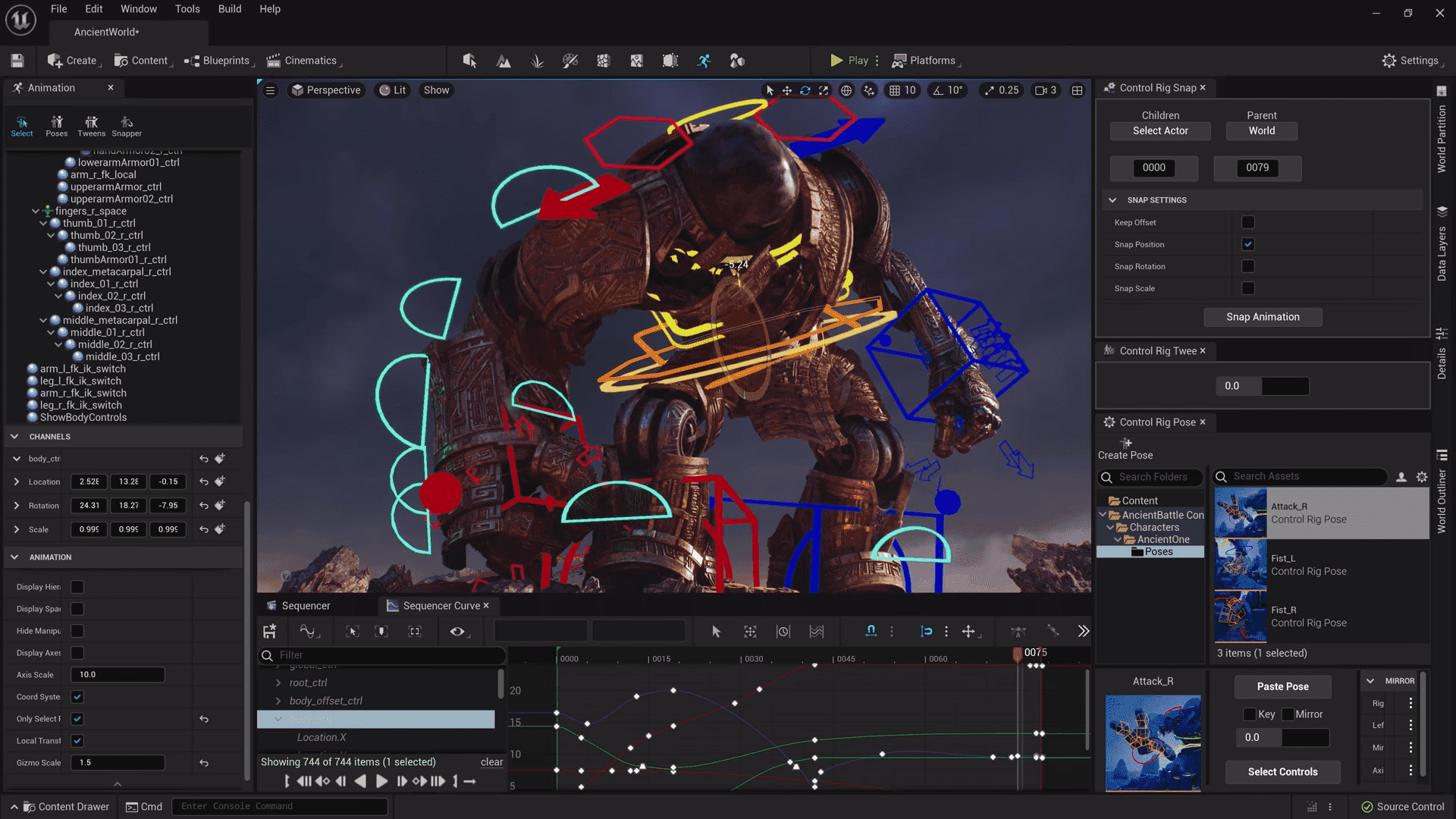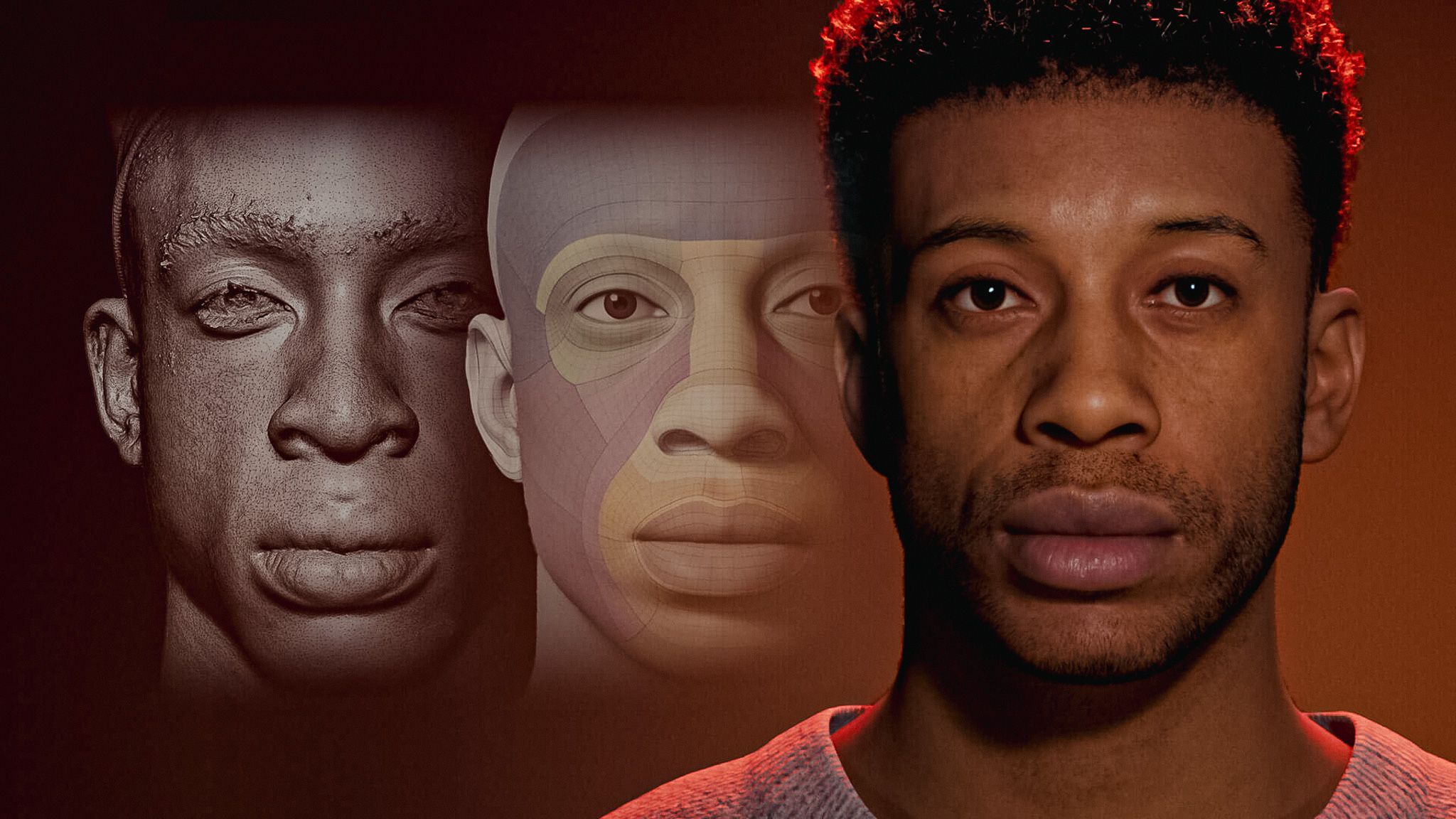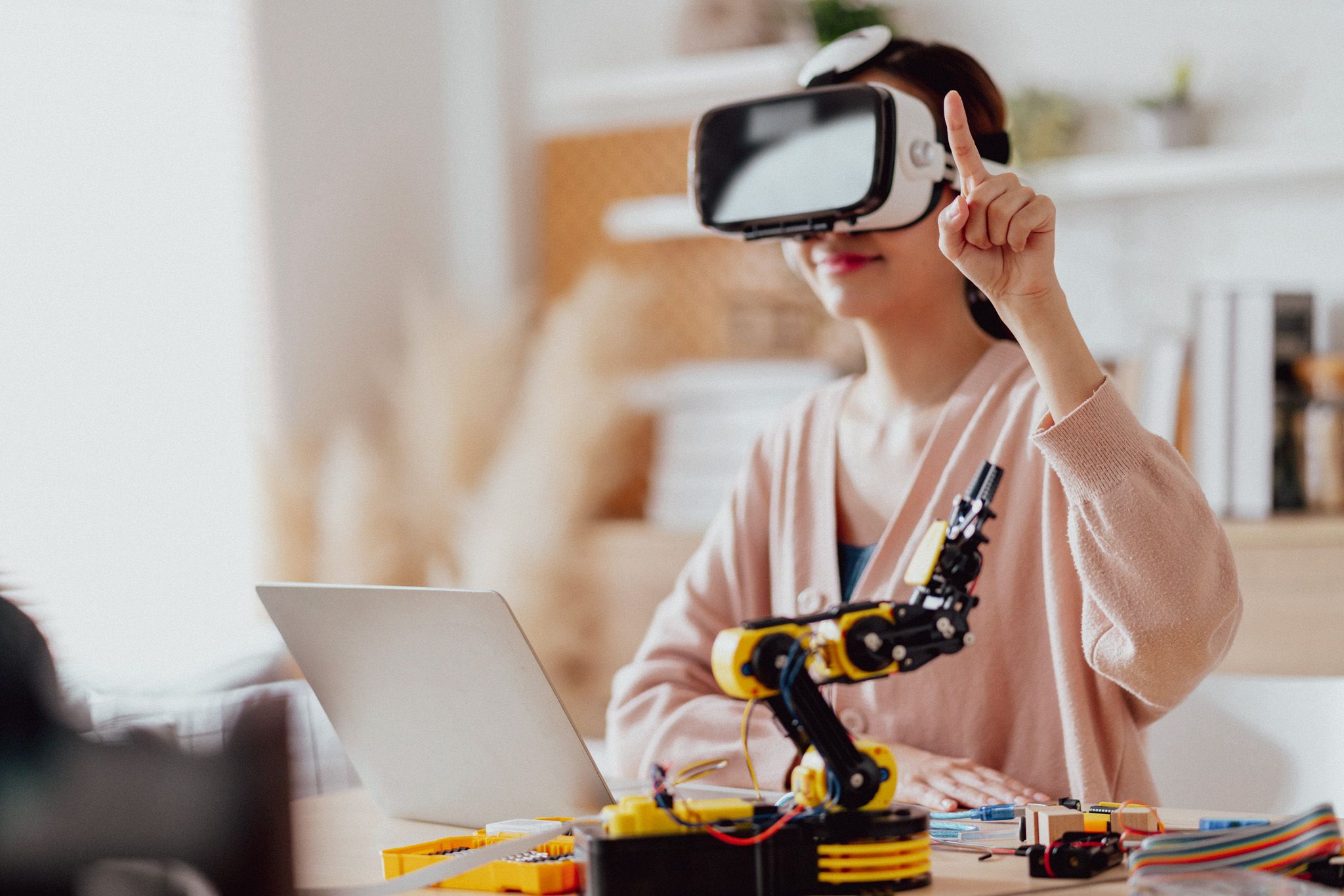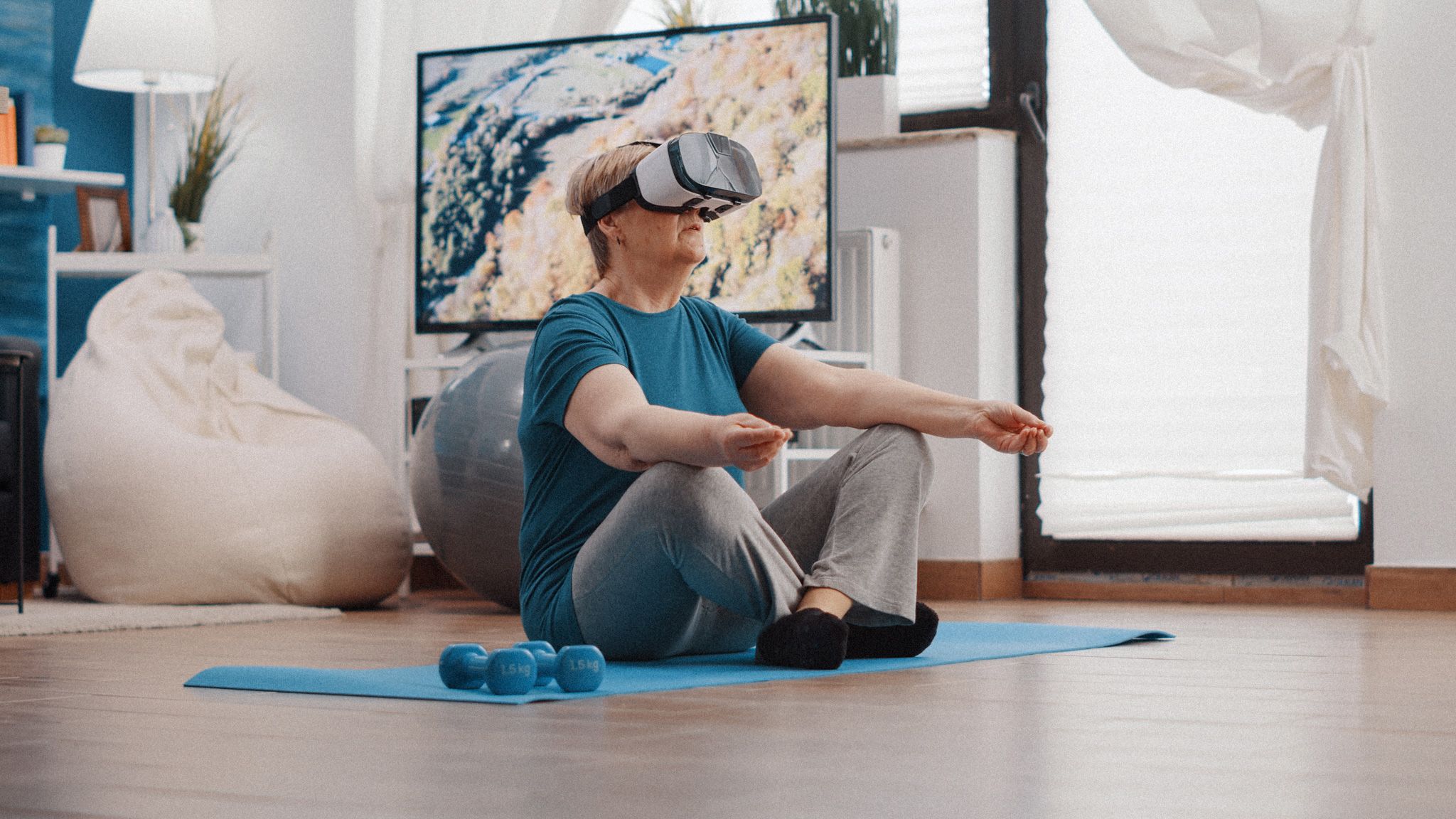The state of immersive technology (AR/ VR) is rapidly evolving, thanks in large part to advancements in computational power, improvised development in immersive VR and AR glasses and cloud streaming technologies. These developments are enabling VR and AR experiences to become more immersive and realistic, with a wider range of applications in various industries.
One of the key ways that computational power is helping VR and AR is by enabling more complex and detailed virtual environments. As computers become more powerful, they can handle larger and more intricate 3D models, as well as more realistic physics and lighting effects. This allows VR and AR experiences to feel more lifelike and immersive, with more detailed and interactive virtual worlds.
Cloud streaming is also playing a major role in the growth of VR and AR. By allowing users to access VR and AR content from remote servers, cloud streaming technologies like Google Stadia and others enable users to experience high-quality VR and AR without the need for expensive hardware. This makes VR and AR more accessible and affordable, allowing more people to try out these exciting technologies.

Engine technologies like Unreal are also helping to drive the VR and AR world forward. By providing powerful tools and resources for creating and rendering virtual environments, these engines make it easier for developers to create immersive and realistic VR and AR experiences. With Unreal and other engines, developers can create complex and detailed virtual worlds with relative ease, helping to push the boundaries of what's possible with VR and AR.

One of the most exciting developments in the world of VR and AR is the emergence of 'meta humans' and virtual humans. With advancements in 3D modelling and AI, developers are now able to create highly realistic and expressive virtual characters that can interact with users in complex and engaging ways. These virtual humans, or 'meta humans', are beginning to be used in a wide range of applications, from entertainment and gaming to education and training.

There are many potential industrial applications for AR and VR, including entertainment, gaming, education, training, healthcare, retail, and more. For example, VR and AR can be used to train employees in various scenarios, such as simulated environments for flight or medical simulations. In the retail industry, AR can be used to enable customers to virtually try on clothes or see how furniture would look in their homes. The possibilities are endless, and as VR and AR technologies continue to evolve, we can expect to see even more exciting applications in the future.

Overall, the state of VR and AR is very exciting, with many new developments and innovations on the horizon. As computational power and cloud streaming technologies continue to advance, we can expect to see even more immersive and realistic VR and AR experiences, with a wider range of applications in various industries. It's an exciting time for VR and AR, and the future looks bright for these cutting-edge technologies.
